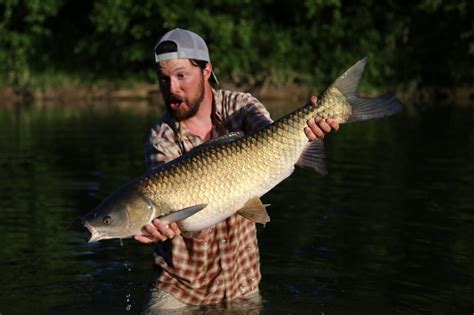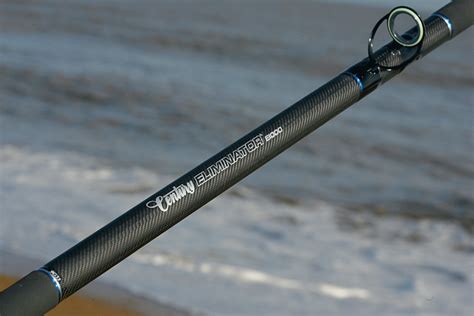Carp are elusive creatures, and their wary nature means that anglers must employ patience and keen observation. Before attempting a cast, it’s crucial to spend time watching their behaviors and movements. Successful casting is a pivotal skill in fly fishing for carp, with precision being of utmost importance. It is recommended to aim the fly within a few feet of the carp, ideally where they can easily see it.
When selecting carp flies, it’s essential to understand that these are not typical insect imitations. Carp flies often resemble bread, imitating the food that these fish are commonly fed. Carp’s diet is diverse and includes various bait species, which can also be mimicked with flies. For example, the Carp Fly – Ginger Dog Biscuit from Caledonia Flies is designed to replicate a floating dog biscuit, a popular carp bait, and includes a high-visibility pink spot to aid anglers in detecting strikes.
For an exhilarating experience, summer carp fly fishing can be particularly action-packed. It’s advisable to use a 7 to 8 weight fly rod that is 9 to 10 feet long, though the gear should be adjusted according to the size of the fish and the fishing environment’s complexity. A quality fly reel with a smooth, powerful drag and a floating line is also a must-have.
Retrieving the fly slowly and minimally is key, as carp are turned off by quick or erratic movements. The fly should be allowed to settle where the fish can see it, and the angler should watch for the fish’s reaction. Ideal tackle includes a 6-8 weight outfit with 6-12lb leaders, tailored to the fish size. Flies such as the Hare’s Ear, Egg Fly, Black Beetle, and Floating Snail are recommended by Sportfish.
Carp, a name shared by several species, can reach significant weights and often feed in clear, shallow waters. They can be enticed with flies that are also used for trout fishing. Fly fishing for carp is growing in popularity among both fly and coarse anglers, with barbless carp flies being a preferred choice for their gentler landing on water, which is less likely to spook the fish.
When it comes to fly lines, a floating line that matches the rod is best, coupled with a reel featuring a reliable drag system. Backing is essential, as carp are known for their powerful runs. Leader material should be chosen based on water clarity and the likelihood of snags, with 6lb to 15lb strength being typical. In clear waters, fluorocarbon may offer an advantage due to its low visibility.
For a selection of carp flies, including innovative floating dog biscuit patterns and bread crust imitations, Fulling Mill offers an array of choices, particularly useful during the summer months when carp are most active.



